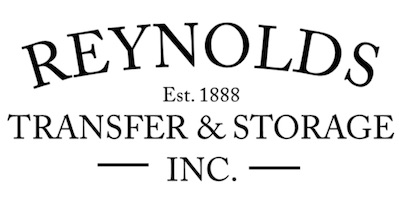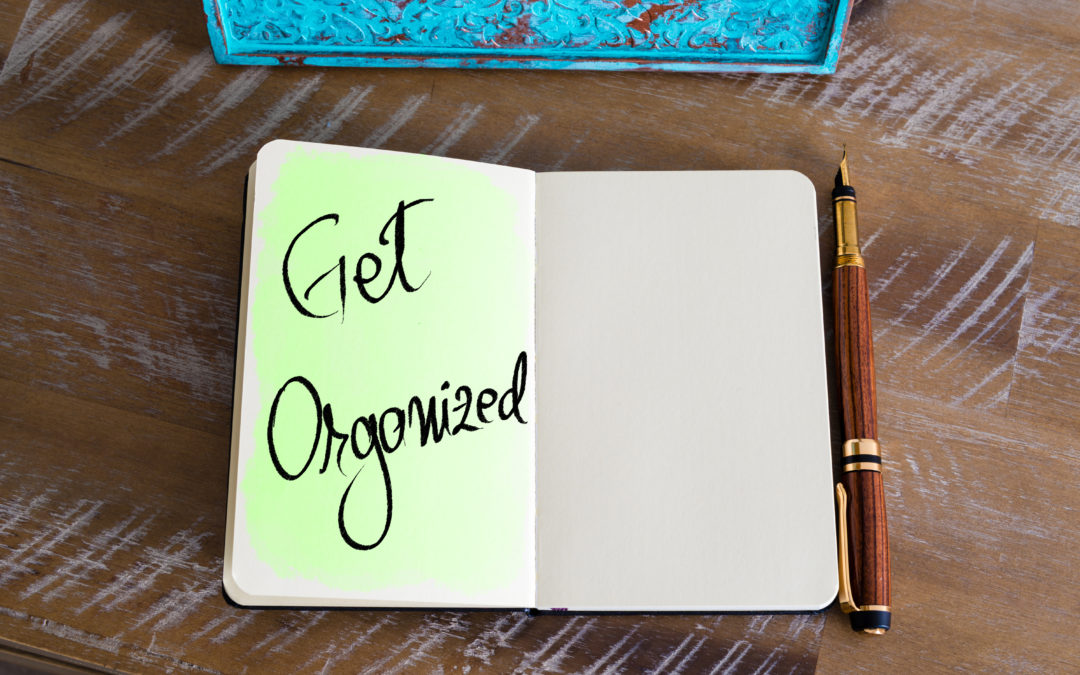
Is it really worth your time to implement office organization tips? Lack of time is a common excuse for not getting and staying organized in an office environment. Once you understand the benefits, you may find yourself setting aside time to get organized.
The benefits of organization and many of the office organization tips listed can be applied to home office situations as well.
So, What Are the Advantages of Applying Office Organization Tips?
There are several benefits to staying organized in your office environment. Some of these benefits are more obvious than others, but let’s take the time to review all of them.
1. Increased Productivity is a major benefit of staying organized.
Introduce order in your work area and promote it in shared spaces. Doing so avoids wasted time locating items you need to complete your tasks. You’ll minimize the time spent rifling through piles of papers or shuffling things around to find what you are looking for.
Along the lines of productivity, you will be less distracted if your office or workspace is organized. Clutter can overwhelm the visual cortex. A study found that this can cause an inability to concentrate and process information.
2. Staying organized can result in decreased stress.
A study in the Sociology and Psychology Bulletin found that disorganization increased levels of cortisol (stress hormone). This eventually leads to fatigue and depression. You can’t produce your best work when you’re stressed, tired, or depressed.
3. Lower anxiety levels can be another benefit of an organized office.
A chaotic work area can cause anxiety. The thought of organizing it all can be overwhelming. If left unaddressed over a longer period of time, the chaos only grows. The task of wrangling the disorganization becomes an anxiety-provoking item on your already long to-do list. It also serves as a daily visual reminder of the task which only amplifies your anxiety.
It can become a vicious cycle of avoidance and anxiety. This can be debilitating, preventing you from attacking the growing organizational task.
4. Staying organized can save money in replacement costs.
Things can get lost in a disorganized environment. When something can’t be located in time, the quick solution ends up being purchasing a new one. Sometimes, the item is later found in an unexpected location or hidden in a mountain of clutter.
5. An organized work environment can contribute to a favorable workplace culture.
Be an example. Practice and encouraging organization as a company. It can have a positive effect on individual employees. They will be encouraged to have the same mindset in their own workspaces and in the way they approach their work. If employees are in an organized environment, they will be more likely to follow suit personally.
6. An organized office environment projects a positive image for visiting clients or prospective employees.
The state of your work environment can say a lot about the company and the values it promotes.
These Benefits Make It Worthwhile to Implement These Office Organization Tips:

1. Office Organization Tips: Reserve a few minutes at the end of your day to clear off or organize your desktop.
A clear and organized desktop will help you start your next workday on the right foot. Tackling it each day prevents clutter from reaching unmanageable levels. If time isn’t spent organizing, in the long run, it will become increasingly difficult to dig yourself out of the clutter.
2. Minimize the number of items on your desk, even while you work.
This includes both personal items, such as framed photos or random tchotchkes, and work-related things. Be selective and keep only a few personal items on your desktop.
For work-related items, keep only the items you need for the day or for the task at hand. As you finish or move on to a new project or task, put away any materials/items you no longer need. This will help you remain focused as you work and there will be less to organize at the end of the day.
3. Keep your documents organized by storing electronically or off-site.
Don’t let papers you don’t refer to on a regular basis take up unnecessary space in your office.
A good place to start is avoiding printing documents unnecessarily. Instead, when possible, keep only digital copies on servers or hard drives. In the long run, as documents and files accumulate, storing documents electronically will help you save space in your office. Most people will also agree that storing documents electronically can be safer. Storing on a protected server/computer is safer than keeping hard copies which can get lost.
If you have to store physical copies of documents, consider off-site storage options. Select a temperature-controlled facility that has a reliable and organized inventorying system. This will ensure that your documents aren’t damaged and they can be retrieved, if needed, in a timely manner.
Also, it is important to safely purge documents you no longer need. Designate time on your calendar to purge your files on a regular basis. Confidential documents should be carefully shredded.
4. Don’t use your office work areas as long-term storage for larger items.
Whether it’s furniture or office equipment, if employees aren’t using the items, get rid of them. Another option is to store them away from work areas. If available storage space is limited or non-existent, consider an off-site storage facility. Similar to document storage, look for one that is temperature-controlled. Make sure it also offers a reliable inventory system so your items don’t get lost. In addition, some facilities offer delivery and retrieval services.
Look at each item currently being stored, and objectively decide if it should be kept. Donate any unneeded items that still have some useful life to charitable organizations. Anything else should be disposed of properly, particularly electronics.

5. Locate appropriate items in designated areas.
Placing items in proper locations helps employees find things more quickly. It also promotes an organized environment. For example, printers and related supplies (ink, paper, etc.) should be located in the same area.
Having clearly assigned areas for different types of items helps prevent the office from ending up in disarray.
6. Clearly label smaller areas where items are stored.
Invest in a label maker to designate smaller storage spaces including shelves, cabinets, drawers, and closets. This will help employees know where supplies are stored and where smaller shared equipment or reference materials are to be returned.
Encourage employees to do the same for their personal work areas. Having a designated space for items increases the likelihood that they will be put away in an organized manner.
7. On a regular basis, take inventory of things you actively use in your office.
Consider purging anything you haven’t used in the past six months. This includes both equipment and files/paperwork. Organization requires continuous work. It is important to set aside a larger chunk of time semi-annually or annually to re-evaluate the items in your office.
This less frequent organization task may lead you to purge items or send some things to off-site storage.
There is a potential future benefit of maintaining an organized work environment. Office relocations are more efficient for those companies who stay organized. An office move checklist will also help with the potentially stressful process.
Let Reynolds Transfer & Storage help you stay organized with its secure climate-controlled storage facilities. We offer a reliable inventory management system and retrieval and delivery services to your office. Contact us and speak to one of our Storage Specialists today and learn more about the services we offer.


Recent Comments